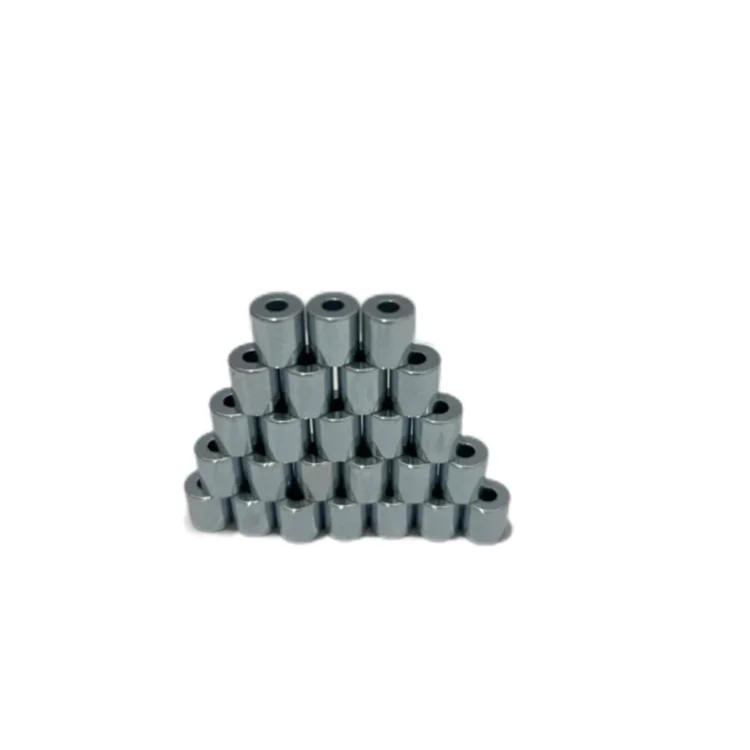Manufacturing process of Customizable Zn plated perforated magnet
Perforated magnets play a crucial role in various industries. These magnets are not only magnetically powerful but also possess the advantage of being customizable due to their perforated design. One popular type of perforated magnet is the Zn plated perforated magnet, which offers enhanced corrosion resistance and durability. In this blog post, Zhonghang will delve into the manufacturing process of Zn plated perforated magnets, exploring the steps involved and the importance of each stage.
1. Understanding Zn Plating:
Zn plating, also known as zinc plating or galvanization, is a process that involves coating a metal surface with a layer of zinc to protect it from corrosion. This technique is widely used in the manufacturing of perforated magnets to ensure their longevity and reliability. The zinc layer acts as a sacrificial barrier, preventing the underlying metal from coming into contact with corrosive elements.
2. Material Selection:
The first step in the manufacturing process of Zn plated perforated magnets is the careful selection of materials. The base material used for the magnet should possess high magnetic properties, such as neodymium or ferrite. Additionally, the material should be compatible with the Zn plating process to ensure proper adhesion and corrosion resistance.
3. Perforation:
Once the suitable material is chosen, the next step involves perforating the magnet. Perforations are small holes or slots strategically placed on the magnet's surface to allow for customization and specific applications. These perforations can be created using various techniques, including laser cutting, stamping, or drilling. The size, shape, and pattern of the perforations can be tailored to meet the specific requirements of the magnet's intended use.

4. Cleaning and Preparing the Surface:
Before the Zn plating process can begin, the magnet's surface needs to be thoroughly cleaned and prepared. Any contaminants, such as oils, dirt, or oxides, must be removed to ensure proper adhesion of the zinc layer. This is typically achieved through a combination of mechanical and chemical cleaning methods, including degreasing, acid cleaning, and rinsing.
5. Electroplating:
The electroplating process is the heart of Zn plating. It involves immersing the perforated magnet into an electrolyte solution containing zinc ions. The magnet acts as the cathode, while a zinc anode is used as the source of zinc ions. When an electric current is applied, zinc ions are attracted to the magnet's surface, forming a uniform layer of zinc. The thickness of the zinc layer can be controlled by adjusting the plating time and current density.
6. Post-Plating Treatment:
After the electroplating process, the Zn plated perforated magnet undergoes post-plating treatment to improve its overall performance. This treatment may include passivation, chromate conversion coating, or additional protective coatings. These processes enhance the corrosion resistance of the zinc layer and provide a more aesthetically pleasing finish.
7. Quality Control:
Throughout the manufacturing process, quality control measures are implemented to ensure that the Zn plated perforated magnets meet the required standards. This includes regular inspections, measurements of plating thickness, adhesion tests, and corrosion resistance assessments. Any deviations or defects are identified and rectified to maintain the quality and reliability of the final product.
Conclusion:
The manufacturing process of Zn plated perforated magnets involves a series of carefully executed steps, from material selection to quality control. By understanding the importance of each stage, manufacturers can produce magnets that possess superior corrosion resistance, durability, and customization options.
https://www.zhsdmagnet.com/Manufacturing-process-of-Customizable-Zn-plated-perforated-magnet.html
Zhonghang
nishant@sunny-magnet.com
Post Comment